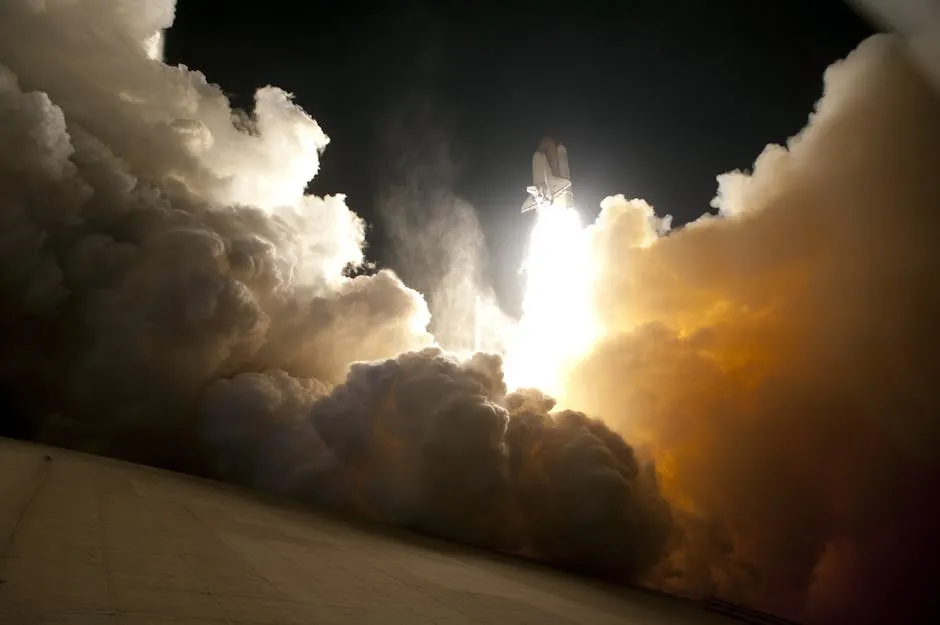
Introduction to KRWQ: A New Era for Korean Stablecoins
In a significant move for the cryptocurrency landscape, Frax and IQ have joined forces to unveil KRWQ, a stablecoin pegged to the Korean won. This launch comes at a pivotal time as South Korea intensifies its efforts in the realm of stablecoins, aiming for regulatory compliance and innovation within the digital currency space.
The Vision Behind KRWQ
KRWQ is designed not only to facilitate transactions but also to ensure that it adheres to the regulatory frameworks set by the South Korean government. This focus on compliance is crucial, especially as more countries are scrutinizing the operations of cryptocurrencies and stablecoins. By creating a stablecoin that aligns with local regulations, Frax and IQ are positioning KRWQ as a trustworthy option for users in South Korea.
Why Stablecoins Matter
Stablecoins like KRWQ serve an essential function in the cryptocurrency ecosystem. They bridge the gap between volatile cryptocurrencies and traditional fiat currencies, offering users a reliable medium of exchange. This makes them particularly appealing for everyday transactions and remittances. As digital assets gain traction, the demand for stablecoins continues to rise, and KRWQ aims to meet this demand specifically within the South Korean market.
Frax and IQ: Pioneers in the Crypto Space
The collaboration between Frax and IQ marks a significant step for both entities. Frax is known for its innovative approach to algorithmic stablecoins, while IQ brings a robust technological foundation to the partnership. Together, they are leveraging their strengths to create a stablecoin that not only meets market needs but also adheres to stringent regulatory standards.
The Future of KRWQ
As KRWQ officially enters the market, it will be crucial to monitor its adoption and integration within the broader South Korean economy. The success of KRWQ could pave the way for future stablecoins in the region, encouraging more projects to prioritize compliance and user trust. This could potentially lead to a more vibrant digital currency ecosystem in South Korea, where regulatory clarity allows innovation to flourish.
Conclusion
The launch of KRWQ by Frax and IQ underscores a growing trend of regulatory compliance in the cryptocurrency space. As the demand for stablecoins increases, KRWQ stands out as a pioneering effort to align with local financial regulations while providing a reliable digital asset for users. The implications of this launch extend beyond just South Korea, as it sets a precedent for other countries looking to embrace stablecoins responsibly.



